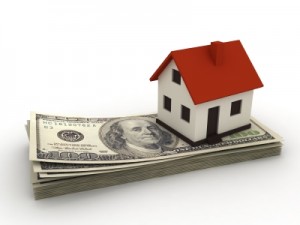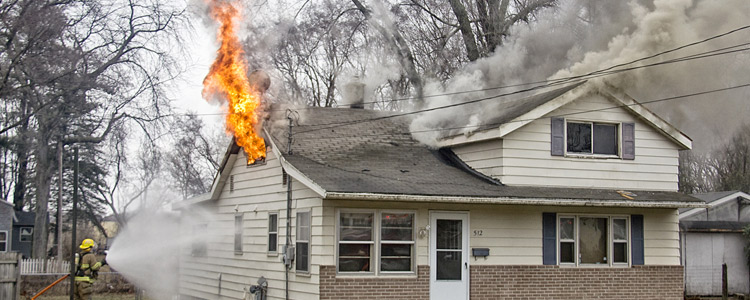Bridge financing is one of the great tools that you as a seller and purchaser of a home can use to make the process go smother. Bridge finance can be used when you have sold your home and have found another to buy but the dates don’t quite match up as in the new house is available before your existing home is completely sold. This would require that the lending institution is able to offer you an opportunity to bridge your down payment. It works like this; you are putting 5% down on the new home but only has 2% of it available in cash. The home you are selling has 15% in equity so the bank would secure the rest of your down payment with the equity in your existing home. They would give you the other 3% and collect it back when your existing home is completely sold.
Pitfalls of Bridge Financing You Need to be Aware Off
Some of the potential pitfalls of bridge financing is that it will cost you some money to make it happen. Usually bridge financing will come with a small fee in the 200 to 500 range usually and interest will be charged for the days that you use the money. The usual interest charge is prime plus 5% so it can be quite minimal. It would only be on the portion that you bridged as per the example above only on the 3% If for some reason your existing home sale falls apart even though it was unconditional you will still be responsible for both mortgages. In this scenario the lawyers would become involved to remedy the sale and hopefully the bank would be understanding while you resell your home.
Bridge Financing can make the home buying process very smooth allowing you to take possession of one home while your existing home completes its sales process






